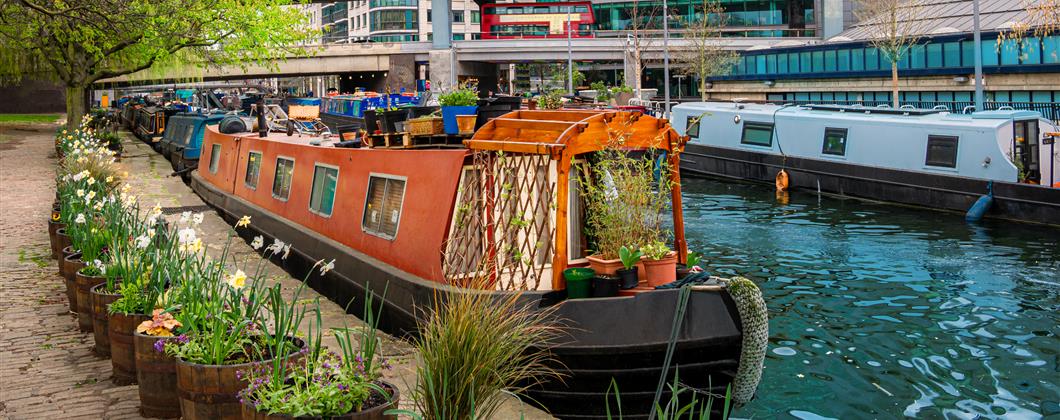Living Aboard a Narrowboat in the UK: A Guide for “Life Afloat”

Whether you have purchased a narrowboat for seasonal or regular use, or you are making the jump to year-round canal living, there are many reasons for opting for the canal lifestyle.
Life on the canal can be very rewarding depending on the type of person you are. The ever-growing narrowboat owning community is testament to that.
However, as with everything, there are pros and cons, and the lifestyle is not suited for everyone. Here are some of the must-knows of living aboard a narrowboat in the UK. Hopefully it can be of help for anyone undecided on making the change of lifestyle, or even beginner boaters getting ready to start.
Pros and Cons of living aboard a narrowboat:
Living aboard a narrowboat brings a complete lifestyle shift from regular housing. Here we will outline the benefits of the switch.
- Brings a freedom to visit new places.
- Living with nature.
- Minimalist living.
- Potentially money saving compared to buying a home.
- Active lifestyle.
- Relaxing and slow-paced lifestyle.
For some the canal boat life fits perfectly, however, here are some cons to weigh against your expectations and requirements.
- Very limited space and storage compared to a house or flat.
- Less privacy than traditional housing, especially for families.
- Toilet maintenance and waste disposal.
- Regular fuelling and fuel storage concerns.
Narrowboat mooring:
Narrowboat mooring is an essential aspect of boat ownership. Boats are permitted to moor alongside a majority of canal towpaths in specially allocated short-term spots. These often allow users to moor in one spot for up to 2 weeks, but some rules are stricter with 48-hour limitations. These rules are to ensure and regulate the flow of canal users fairly.
For boaters that are looking to become cruisers, the mooring rules should not be an issue, as they will be moving between different areas. However, liveaboards that intend to stay put will need residential moorings. These can be hard to come by as the demand is often a lot higher than the supply. Some are operated and controlled by Canal & River Trust, and others are privately owned and run by marinas and boatyards. You can also consider purchasing a vessel that includes a residential mooring from the vendor.
Tips & tricks:
Always look to minimise energy costs and preserve fuel:
- Keep lead-acid batteries at over 50% to preserve their energy and efficiency.
- Use LED bulbs, solar lights, and low energy appliances where you can.
- Ensure lithium-ion batteries are kept in a warm spot to ensure they work properly.
Storage and spares:
- Use water containers to boost on board water storage.
- Gas canisters for last-minute emergencies.
- Spare engine oil, alternators, light bulbs, and antifreeze should all be kept in storage.
Owning a narrowboat should be treated as a passion project as well as living responsibility on our excellent UK canals.
Contact us for narrowboat insurance advice below.
